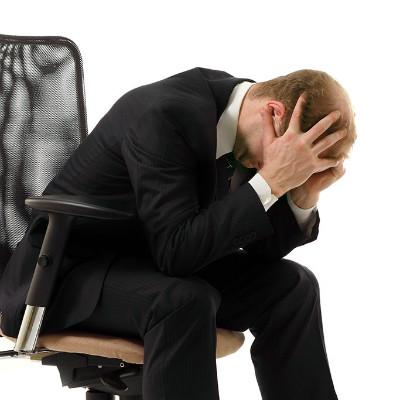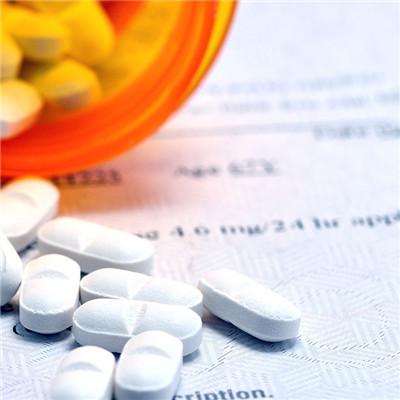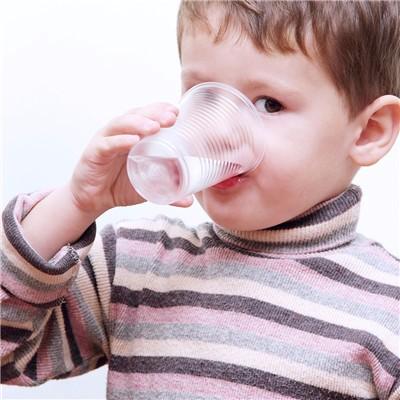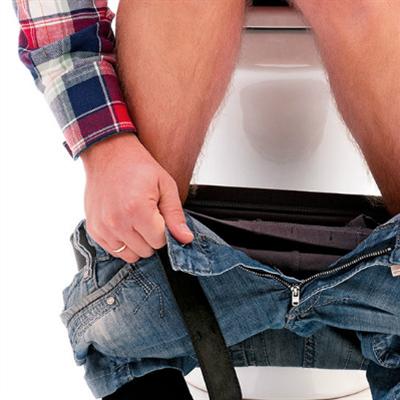How does bladder bulge 3 degrees treat?
summary
Ureterocele means that the ureter is covered by mucous membrane at the place of entering the bladder, forming a cyst. Usually, there is a very small hole at the top of the cyst. Although the urine can seep out slowly, the obstruction is serious, causing ipsilateral urinary tract dilatation (hydroureter, megaureter, even hydronephrosis). This kind of deformity is more common in girls (male: female = 1:4), the left side is more common, and it also affects both sides (10%). Most of the ureterocele (80%) originated from the upper part of the duplex kidney. No severe kidney (single system) symptoms may be found later in the adult age group. Now I would like to share with you how to treat the third degree cystocele? Experience in this area.
How does bladder bulge 3 degrees treat?
First: prenatal found ureterocele after the birth of the baby, should immediately begin to take preventive antibiotics, in order to reduce urinary tract infection. If it is difficult to urinate, catheterization should be performed immediately.
Second, in pediatric urologists, there is still a debate about the treatment methods of upper and lower approaches (J pediatr Urol. 2015, Feb; 11(1):29.e1-6.)。 Because of this rare malformation, it is difficult to make a prospective double-blind comparative study of treatment effect. The upper approach is to remove the upper kidney and its ureter at one time, or to do ureter ureter end to side anastomosis. The lower approach is to open ureterocele first, and then deal with the possible vesicoureteral reflux.
Third, the most serious problem of ureterocele is urinary obstruction. Through non-invasive cystoscopy, incision of ureterocele with cold knife, laser, electric incision, etc., can immediately make the urination unobstructed, greatly reducing the risk of infection (this ureterocele is traditionally open bladder surgery). The child can be discharged immediately after the operation. This cystoscopic operation is sometimes not easy to do. When I was working in the prince of Wales Hospital in Hong Kong, I saw Professor Yang Chongguang, director of the hospital, use the air bladder minimally invasive method to remove ureterocele. The vision is clear and very safe (unpublished). About half of the children have some vesicoureteral reflux after surgery. A lot of this reflux will heal itself. This practice is more popular in Australia and Hong Kong. Those children who still have infection can be treated selectively according to the situation of each child, maybe when the child is older. If the related upper kidney still has some function, ureteral replantation can be considered. If there is no function, then heminephrectomy can be considered. A Spanish Pediatric Urology team recently summarized their experience in the International Journal of Urology (urology. 2015 Dec 7.) and I share the same view.
matters needing attention
Some of the above professional terms, together with the English translation, to facilitate parents who can read English to check online. Some important references are also included.


















